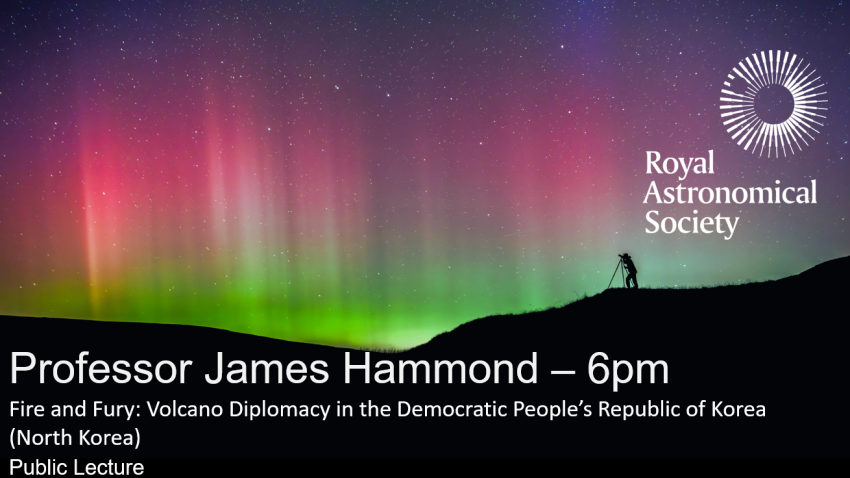The Royal Astronomical Society is pleased to announce that our free Public Talks for the 2024-2025 season will take place at Burlington House at 1pm and 6pm. Please check the schedule as some talks may be online-only due to speaker availability.
Each session consists of a 45 minute talk & a 15 minute Q&A session
Session at 1-2pm: To register for the 1pm hybrid talk
Session at 6-7pm: To register for the 6pm hybrid talk
Fire and Fury: Volcano Diplomacy in the Democratic People’s Republic of Korea (North Korea)
The so-called ‘Millennium Eruption’ of Paektusan/Baekdusan Volcano in 946 CE has long been recognised as being one of the largest eruptions in human history. From 2002-2005 the volcano showed signs of activity, with an increase in earthquakes beneath the volcano, a change in gasses emitted and ground deformation that pointed to magma recharge. This led to a rare invite for international scientists to visit the Democratic People’s Republic of Korea (North Korea) and led to continuous 14-year engagement to study the volcano. A joint UK-US-DPRK-Chinese collaboration has focussed on using seismology to understand the current state of the volcano and sampling of the erupted deposits to characterise its volcanic history. Major results include using a combination of seismic methods (receiver functions, seismic tomography, shear-wave splitting) to show that an extensive body of magma exists in the crust beneath the volcano at depths of ~8km today, likely representing a long-term magma storage reservoir beneath the volcano. Analysis of a carbon isotopes in tree rings from a large tree, killed by the Millennium eruption has provided the first absolute date for the eruption. It was killed in the year 946 CE, with late stage growth of the tree ring, as well as ash found in the ice cores in Greenland suggesting it happened late in 946. With historical records possibly linking it to an eruption date of early November 946 CE. Our collaboration with DPRK scientists continues, with new projects targeting the wider area of environmental science, with a particular focus on disaster risk reduction. It is a rare example of building and sustaining collaboration during a time of blanket sanctions. I will finish the talk by speculating on lessons learned for future science engagement in a world where sanctions are becoming more widespread and international collaboration harder.
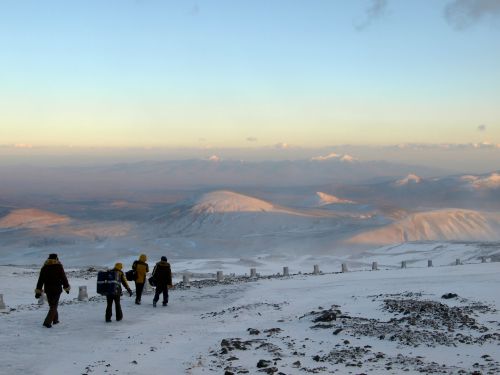
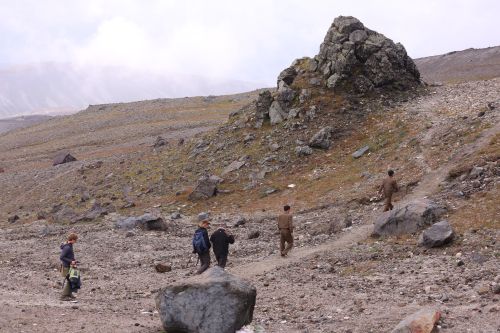
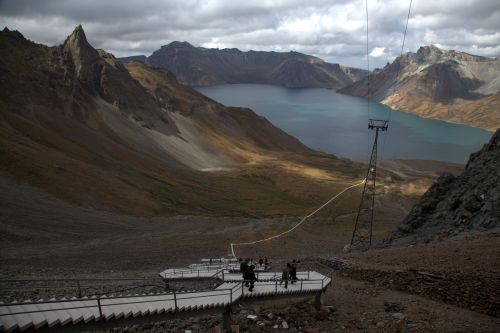
About our speaker:
James Hammond is a Professor of Geophysics at Birkbeck, University of London. His research uses seismology to image inside the Earth. This ranges from imaging the crust and deeper mantle to understand the driving forces behind plate tectonics to studying the soil properties in the critical zone. A recent focus is on imaging and understanding how rocks melt and how this melt migrates and is stored in the Earth's crust and mantle. He conducts large field projects, working in the UK, East-Africa, Chile, China and the Korean Peninsula.
James has recently led projects to study Mount Paektu, a volcano that straddles the China-Democratic People's Republic of Korea border. This project, an example of how science and diplomacy can work together, led to the development of the Mount Paektu Research Centre of which James is Director. The Center focusses on developing new scientific collaboration with DPRK scientists on Paektu and other areas of environmental science.
James teaches geophysics and scientific computing and data modelling at undergraduate level. He is a Secretary (G) of the Royal Astronomical Society, UK Chair for the International Union of Geodesy and Geophysics (IUGG) and Treasurer for the British Geophysical Association.
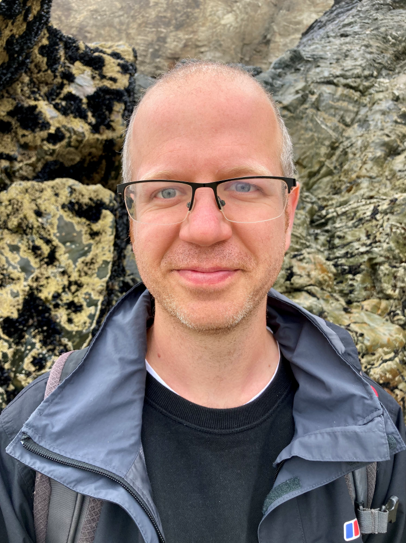
Image Credits: Professor James Hammond
All Rights Reserved


